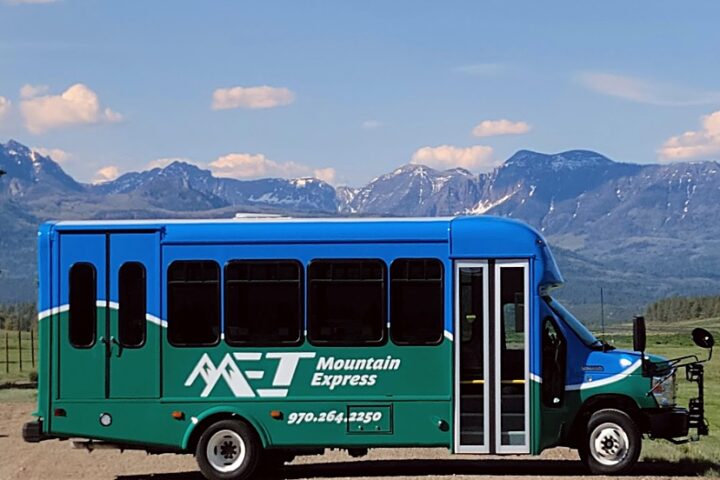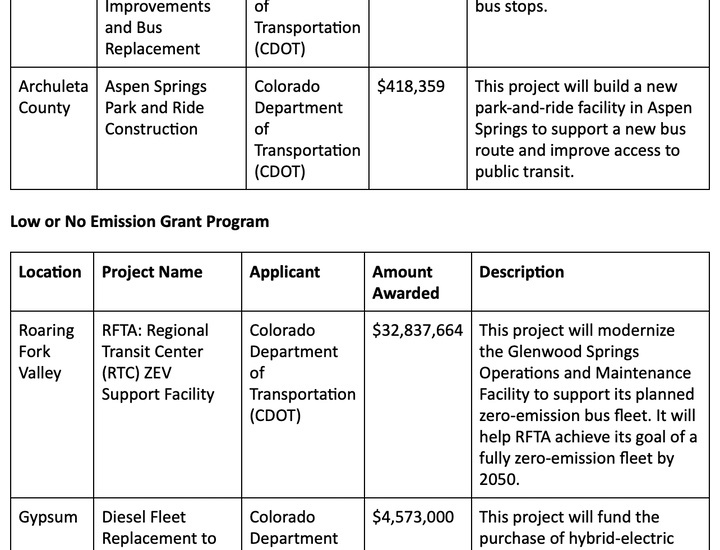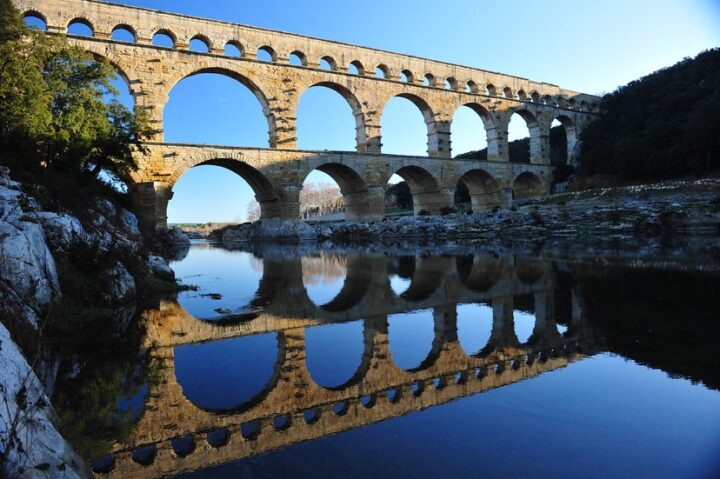The rural neighborhood of Aspen Springs — which some people consider the red-headed stepchild of Archuleta County — has been getting some good news lately. The Snow Ranch Fire, ignited by a lightning strike on June 11 on the Chris Mountain area a few miles north of Aspen Springs, caused concern among some of the subdivision resident, but it was brought quickly under control, limited to an extent of only 386 acres.
With higher winds and a different wind direction… well… things could have gotten really ugly.
Certain people, who don’t appreciate inventive land uses, have expressed the opinion that Aspen Springs is already ugly. But a wildfire can make a neighborhood even uglier.
Over the past few decades, Aspen Springs has gradually lifted itself — mostly by its own bootstraps — into the 20th century. They put in a gas station, a corner store, and a bar. And more recently, a small public park.
They still don’t have a traffic light, something that’s almost essential to any community claiming to have entered the 21st century, But they do now have a left turn lane, which is darn close to a traffic light.
You can even get cell phone reception in certain places.
And now, apparently, they’re going to get a federally-funded bus stop. And not just an ordinary bus stop. This will be a “Park & Ride” facility, where you can park your pickup truck and catch a bus ride into the bustling metropolis of Pagosa Springs, ten miles away.
Hardly any of the 50 or so subdivisions in Archuleta County have a bus stop, and none will have a “Park & Ride” facility like this one.
Up until now, if you lived in Aspen Springs and wanted to do some shopping at Walmart, you had to own a pickup truck, or good walking shoes… while the people in downtown Pagosa rode around all day in luxurious public transportation.

I forgot to mention wheel chairs. Mountain Express Transit buses can accommodate wheel chairs, which are going to be a hallmark of the ’21st century’ at the rate things are going.
The U.S. Department of Transportation (DOT) recently announced $52 million in grants to Colorado communities, to improve and modernize bus systems.
“With funding from the Bipartisan Infrastructure Law, these investments will help Colorado communities make necessary improvements to their bus systems to cut emissions and better meet the needs of Coloradans who rely on public transit,” said Colorado’s U.S. Senator Michael Bennet.
Not to be outdone, our other U.S. Senator, John Hickenlooper, said, “Reliable rides and cleaner air — that’s what the historic investments from our Bipartisan Infrastructure Law are delivering for Coloradans!” He included the exclamation point.
You might wonder how Aspen Springs got picked for funding, out of the countless communities in America begging for transportation money.
Most of the other chosen communities that got funded, are actually “communities”. Aspen Springs, however, is more like a collection of improvised structures half hidden in the forest. But apparently, it really got the money, as shown in the list distributed by our U.S. Senators:

$418,359 is nothing to sneeze at, no matter where you happen to be building a bus stop. It’s actually 0.03 percent of the $1.2 trillion Bipartisan Infrastructure Law funding.
Pretty remarkable, considering Aspen Springs is home to 0.0003 percent of the U.S. population.
But we can always find something to complain about. Like, why did the Roaring Fork Valley get almost $33 million? I don’t know that much about politics, but why is Glenwood Springs so much more deserving of federal money? I’ve been to Glenwood Springs, and I was not that impressed.
Sure, the Roaring Fork Transportation Authority is converting their entire bus operation to ZEV. (Zero Emissions Vehicles.) Whoopee. We could do that too, if they’d give us $33 million. You can do a lot with $33 million.
A funny thing about the 21st century, though. To fully qualify as a member, your neighborhood needs to have municipal drinking water service.
For some reason, centralized drinking water has not yet arrived in Aspen Springs. Which is why everyone owns a pickup truck. To haul water.
The Romans built aqueducts to deliver drinking water, in the 1st century AD.

In a certain sense, Aspen Springs has not yet arrived in the 1st century.
But they will have a bus stop!
Underrated writer Louis Cannon grew up in the vast American West, although his ex-wife, given the slightest opportunity, will deny that he ever grew up at all. You can read more stories on his Substack account.

